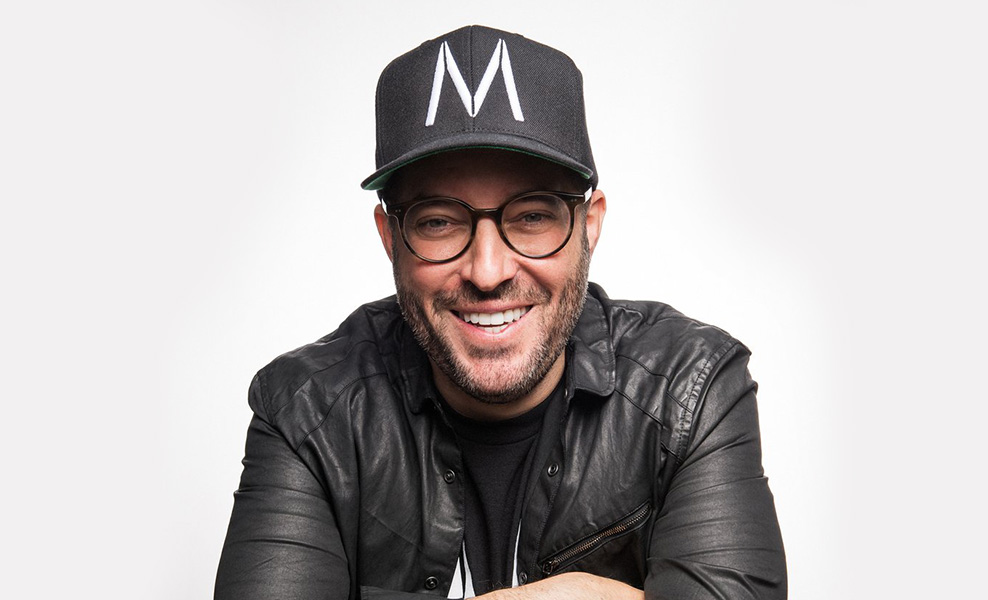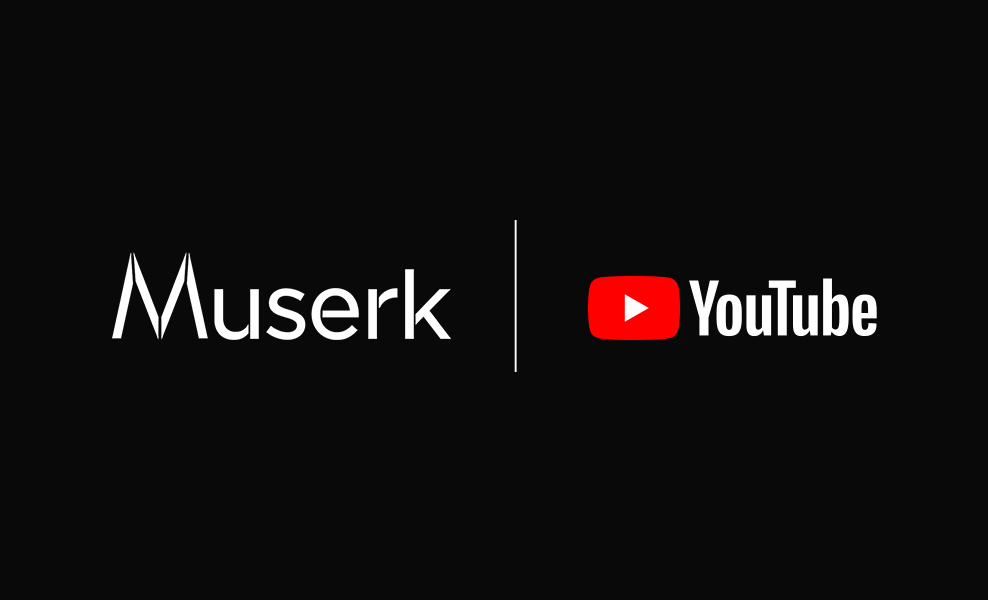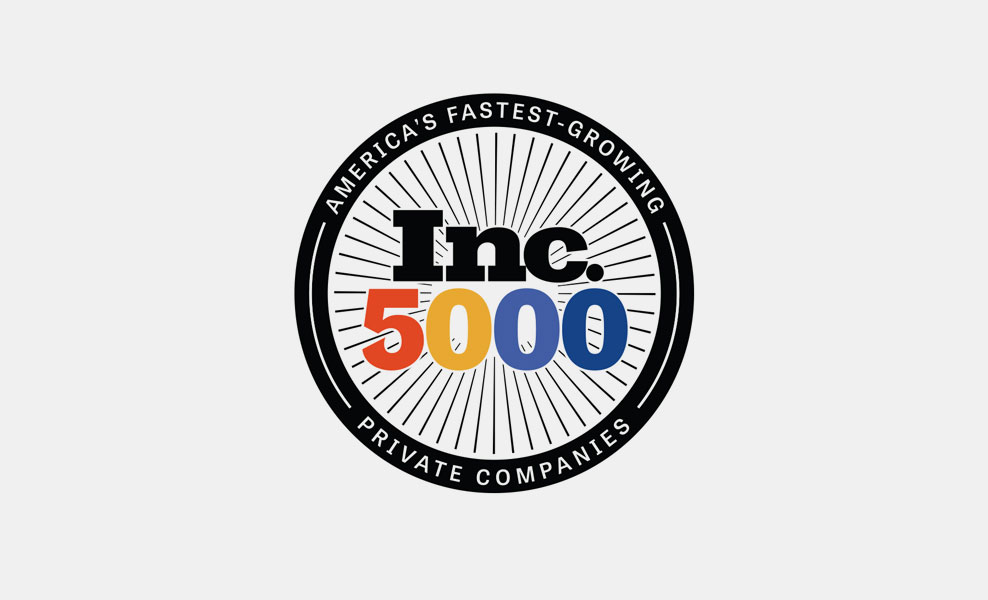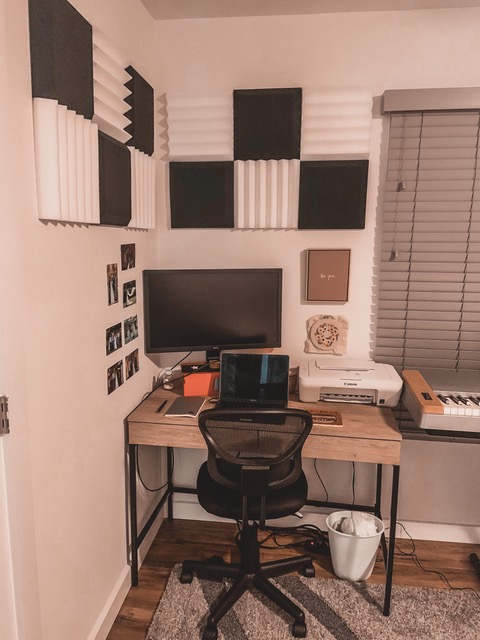Muserk uses their patented technology to make sure songwriters and other stakeholders receive their royalties. Read the Full Article
Read More
Global Rights Management for Music & Video

Muserk uses their patented technology to make sure songwriters and other stakeholders receive their royalties. Read the Full Article
Read More
Nashville, TN – September, 2024 – Muserk, the leading global rights management company, proudly announces its expanded global reach on YouTube, now offering comprehensive royalty collection services for rights holders worldwide. This new development strengthens Muserk’s mission to help creators, musicians, and rights holders accurately collect their royalties across borders and platforms. Through Muserk’s advanced […]
Read More
Singer-songwriter Kira Lynn has signed a worldwide co-publishing and administration agreement with Muserk. An Edmonton, AB Canada native, Lynn grew up on the stage dancing competitively, studying musical theater, piano, guitar and voice. After earning her degree in Canada, Lynn moved to Nashville to pursue her dream of becoming a songwriter and performer. Read the […]
Read More
Muserk, a leading global rights administration company for music, has once again secured its place on Inc. Magazine’s prestigious list of the 5000 fastest-growing companies. This marks the fourth consecutive year that Muserk has been recognized, a testament to the company’s consistent growth and success in the highly competitive music industry. Paul Goldman, CEO and […]
Read More
Muserk, a leading global music rights management company, has announced the expansion of its publishing portfolio with three new signings. The company has inked a global publishing administration deal with Australian indie rockers Last Dinosaurs, signed Canadian singer-songwriter Zach Oliver, and secured a global publishing agreement (excluding Japan and Korea) for burgeoning artist Phum Viphurit. […]
Read MoreThe 2024 claiming window for YouTube accrued royalties began on February 1, covering royalties accrued during 2022. YouTube undergoes an annual process of clearing royalties from previous earning periods, and this year, 2024, is no exception. The claiming window will close on April 30, giving rights holders a limited time to claim their accrued royalties. […]
Read More
As conversations within the music industry increasingly gravitate towards the potential and pitfalls of generative AI in music creation, a crucial narrative often remains overshadowed. While the concerns surrounding generative AI and its implications for originality and copyright are valid, it’s imperative to broaden the discourse to encompass how AI can serve as a force […]
Read MoreWhat do “Straight Outta Compton” and the Futurama theme – along with thousands of songs in between – have in common? They all sampled the drum break from The Winstons’ “Amen, Brother.” Recorded in 1969, “Amen, Brother” was released as a B-side to their single “Color Him Father.” While the “Color Him Father” hit #7 […]
Read MoreThe 2022 claiming window for the YouTube accrued royalties will begin on February 1. This will be for royalties accrued during 2020. Every year YouTube goes through the process of clearing royalties from previous earnings periods and just like 2021, 2022 is unique: “Even though YouTube delivered its share of the $424 million of unclaimed […]
Read More
Since it is the festive season and we have a big fan of the holidays in our girl Madeline DeLuca — we wanted to share her favorite December tunes… Here is a link to the playlist: “Happy Holidays! There is nothing I love more than the Holiday Season. The past week I have been sitting […]
Read More
This month’s First Friday playlist comes from Wes Jones – Senior Software Developer. We talk about DSPs and artist storefronts a lot at Muserk. It’s no secret that probably the most influential medium for art, fashion, culture, and music right now is TikTok. For me, it’s completely changed how I find new music. Years ago, […]
Read More
This month’s “First Friday” Spotify playlist comes from Colin Moriarty – Rights Administrator: Hi – my name is Colin Moriarty and I am a rights administrator at Muserk. I have been with the company for three years and am mostly responsible for the ingestion and quality assurance process as it relates to the data we […]
Read MoreMuserk Lands on Inc. Magazine’s Prestigious Annual List of America’s Fastest-Growing Private Companies – The Inc. 5000 No. 4 In Media, No. 779 Overall With Three-Year Revenue Growth of 636% NEW YORK, August 17, 2021 – Inc. Magazine today revealed that MUSERK is No. 4 in Media and No. 779 overall on its annual […]
Read More
This month’s “First Friday” Spotify playlist comes from Madeline DeLuca, Rights Manager, who kept it simple with a playlist of her favorite songs to run to: :
Read More
This month’s “First Friday” Spotify playlist comes from Muserk’s Quentin Bradley: In honor of the second line tradition officially returning to New Orleans last week after being put on hold during the pandemic, I can’t help but share a Second Line Sampler!
Read More
This month’s “First Friday” Spotify playlist comes from Hans Peter Roth, Partner – Head of Global Business Development: As the sole Dane at Muserk, the theme choice for my First Friday Playlist was pretty obvious; a list of the danish songs that have been part of the soundtrack to my life. That playlist would of […]
Read More
This month’s “First Friday” Spotify playlist comes from Kelly Swartz: Hi, I’m Kelly Swartz and I am the Chief Financial Officer for Muserk. I decided to come up with a playlist to celebrate Mothers, Moms and Mommas since Mother’s Day is Sunday May 9th (everyone be sure that is in your calendars!) I have three […]
Read More
By Madeline DeLuca Just over a year ago, I started my position as a Rights Manager at Muserk. My first day on the job was the first official day the company had gone remote. I had the unique experience of learning how to do a new job through video calls, screen sharing, and good old-fashion […]
Read More
This month’s “First Friday” Spotify playlist comes from Justin Ahmanson: Hi I’m Justin Ahmanson, and I’m a software developer here at Muserk. I’m also an active guitarist/singer-songwriter (or at least I was before the pandemic). With the anticipation of live music coming back soon, my playlist is testament to some of my favorite live performances […]
Read More
When I first heard the term “cattle not pets” it was the perfect metaphor to describe a concept I had always been aware of when developing for the cloud, but never had the words to describe. The idea that you should remove individuality from your cloud infrastructure and treat your resources as nameless and dynamic […]
Read More
When we think of product innovation in the music industry, much of the focus centers on new ways to create music and new ways for fans to consume it. As far back as piano rolls, the idea of having a machine play your favorite music in your own home was amazing, this iterated into piano […]
Read More
This month’s “First Friday” Spotify playlist comes from John Wood: Hi, I’m John Wood and I do software development for Muserk. My playlist was inspired by Women’s History Month. Here is my playlist of my favorite songs written and produced by female artists.
Read MoreThe 2021 claiming window for the YouTube Accrued Royalties Program is well underway. At the beginning of this year – and every year since 2017 – Muserk began the process of claiming sound recordings on YouTube that have generated royalties but are being held for unknown copyright holders. These royalties are now awaiting a link […]
Read More
As a company, Muserk wants to showcase the people that make us who we are. The reason we all work so hard here at Muserk every day is, of course, because of the music and the artists that make it. Thus, every first Friday of the month, we’ll be spotlighting an employee and the music they love via a “First Fridays” Spotify playlist. First up is Colin Moriarty – Rights Administrator:
Read More
I grew up singing; theaters, retirement communities, Monday night open mic’s, and anywhere that would have me. As I got older, I learned that I was pretty good at being a musician, but terrible at being an artist so I moved to New York City to pursue a career in songwriting. Of course, this meant […]
Read More
When I first heard the term “cattle not pets” it was the perfect metaphor to describe a concept I had always been aware of when developing for the cloud. The same idea that we had been pushing for our own infrastructure at Muserk from the beginning. Pets being something that you name, feed, and care for whereas cattle are… well…
Read More
“Nashville has a long history of songwriting.” This was something that I heard over and over when I moved here in the fall of 2017. At the time, I didn’t understand that this statement was actually an insight into how the music industry operates. To me, the word “songwriter” wasn’t much different from the word […]
Read More
It has been a wild few months here at Muserk. We’ve onboarded some major players as customers, started a joint venture in Japan to combat piracy, and successfully executed our largest payout to date. To say things have been moving fast would be an understatement. Taking on this rapid growth as a distributed team has been its own effort so we wanted to check in and give an update on some things that have and have not worked for us.
Read MoreMuserk, the AI tech-driven global rights management agency for music and video, has partnered with leading Japanese marketing and media research company Video Research to form a new joint venture. Read the Full Article
Read MoreU.S. tech startup Muserk and Japan’s Video Research have joined forced to create MUSERK V.I.D. Managing the global online rights of major broadcasters, networks and production companies of Japan, the J.V. marks the time a global rights management service is being offered to the Japanese market from a company that is owned by both a […]
Read More